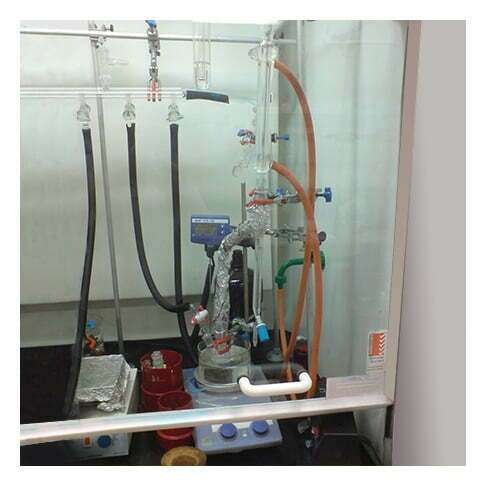After the core arrives at the laboratory, a detailed core description can be made in optimal working conditions. The description includes: The reservoir rock type ...
Read More »
After the core arrives at the laboratory, a detailed core description can be made in optimal working conditions. The description includes: The reservoir rock type ...
Read More »The pore spaces in rocks which form oil and gas reservoirs are always completely saturated with fluids. There are never any void spaces within the pores ...
Read More »Learning Objectives After completing this topic “Permeability Measurement“, you will be able to: Discuss the laboratory methods used to measure permeability. Describe permeameter measurements of formation permeability. Summarize the factors affecting a rock’s measured permeability values. State the accuracy of laboratory permeability measurements. Introduction to Formation Permeability and its Measurement …
Read More »Porosity is the volumetric void space within rocks, being that space not occupied by solid rock material. Porosity is thus a measure of a reservoir's storage ....
Read More »The analysis of rock cores (Figure 1) plays a major role in helping geoscientists and reservoir engineers to determine a reservoir’s hydrocarbon storage capacity and ...
Read More »Cores are direct samples from the reservoir rocks that can be tested, analyzed, and viewed by the researcher. A core analysis project starts from the coring plan ...
Read More »Learning Objectives After completing this topic “Interpretation with Seismic Attributes”, you will be able to: Provide the definition of seismic attributes. Describe how and where seismic attributes are applied. Explain how seismic attributes are classified. Outline how AVO attributes are used to analyze changes in the amplitude of seismic waves. …
Read More »Learning Objectives After completing this topic ” Seismic Interpretation Methods “, you will be able to: Explain the purpose of seismic modeling and how it aids seismic interpretation. Describe how the amplitude, polarity, and shape of the seismic signal are important to understanding the geological lateral variations of the subsurface. …
Read More »Learning Objectives After completing this topic “Seismic Stratigraphy“, you will be able to: Determine what to accept as genuine geology, and what to dismiss as an artifact of the seismic method. Discuss the reasons for thickening and thinning of reflection intervals and explain what types of structures these can help …
Read More »The initial goal of seismic structural interpretation is to determine the location of favorable traps for hydrocarbon accumulations. The first step is to determine ...
Read More »